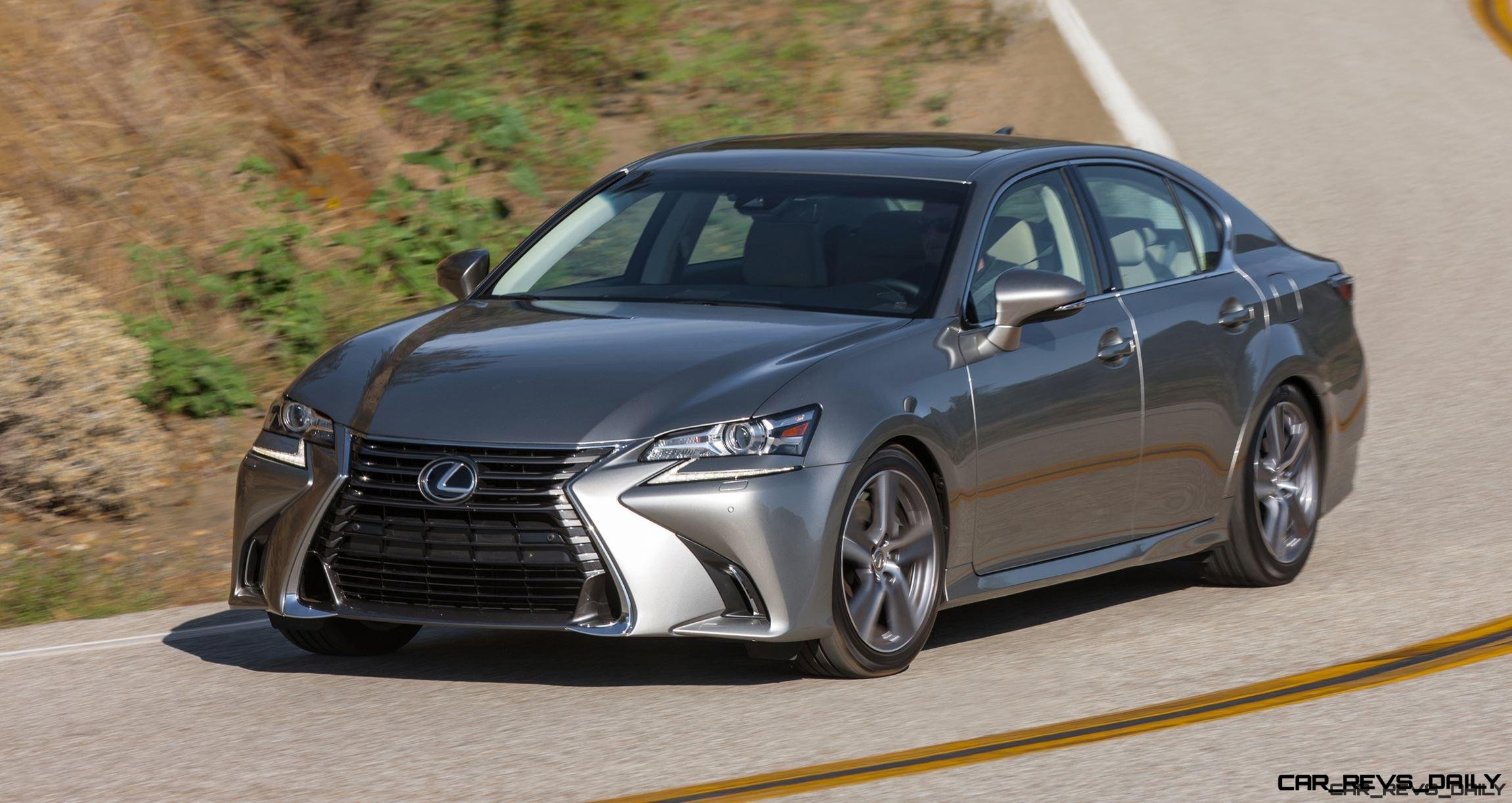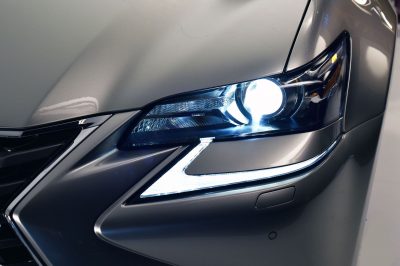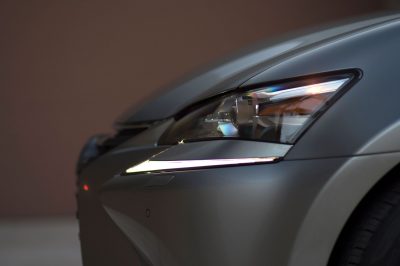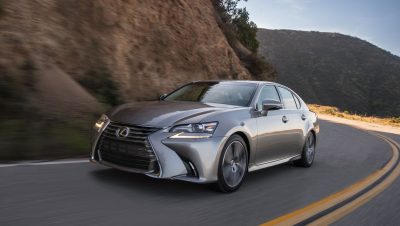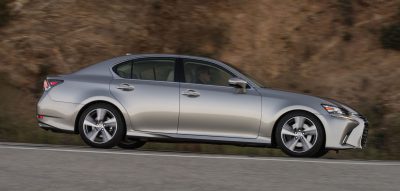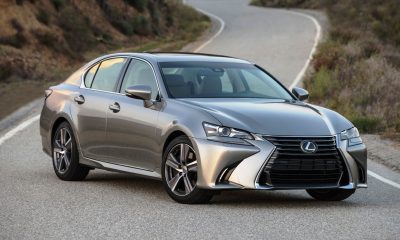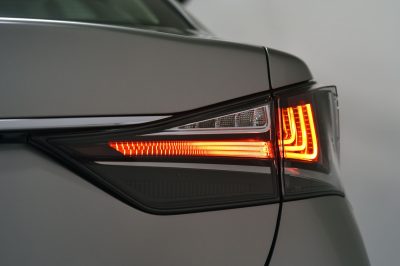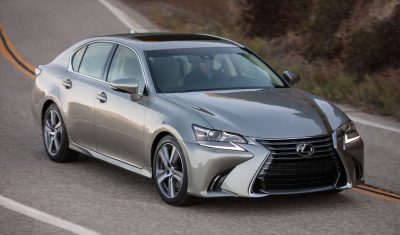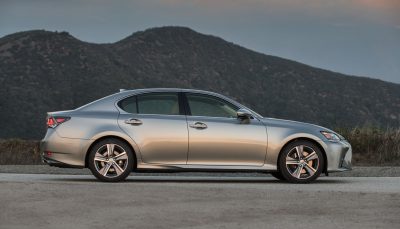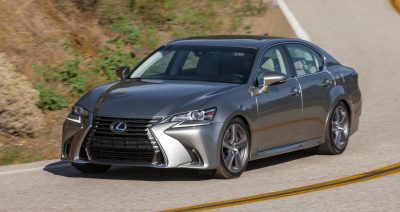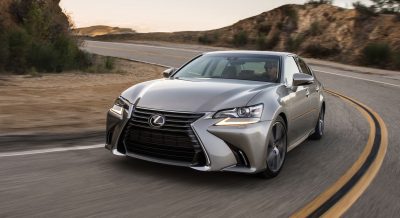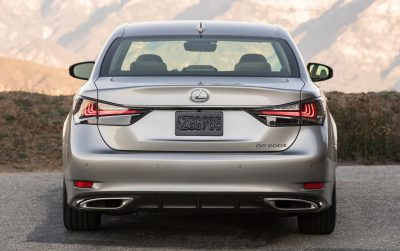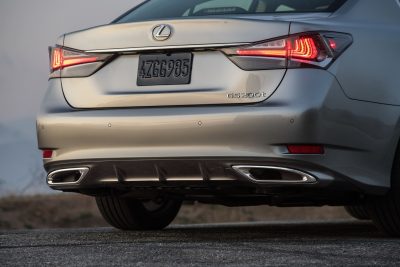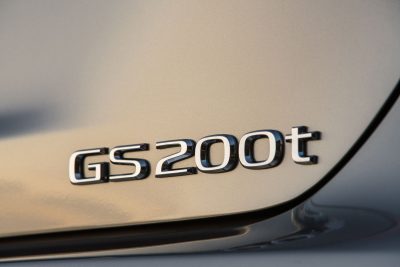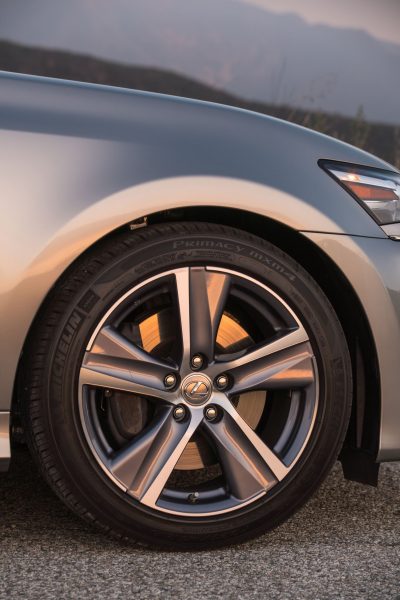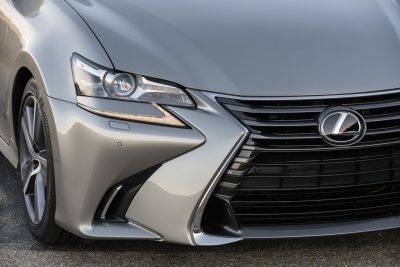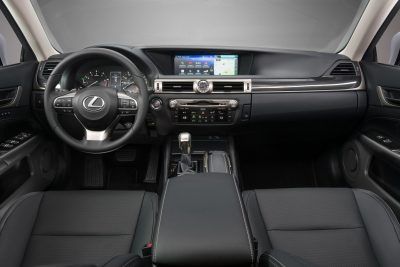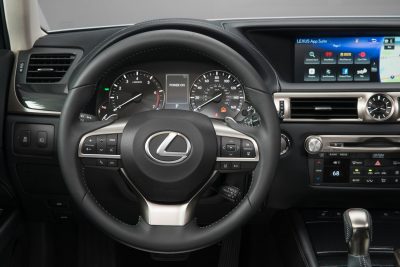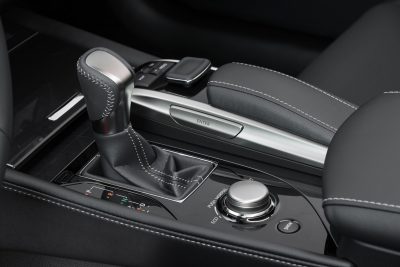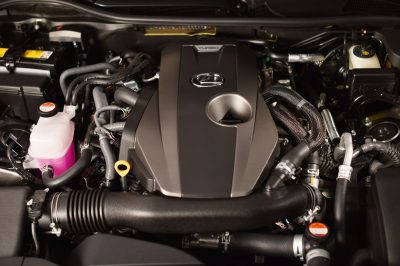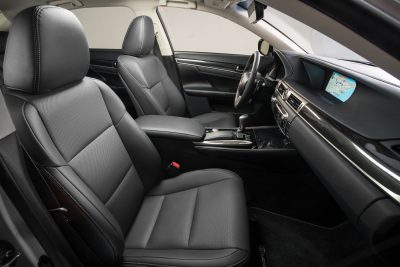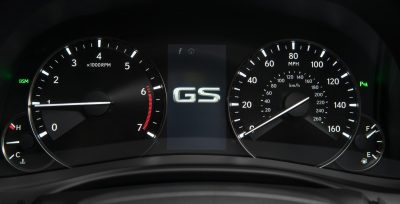If you read our recent preview, or saw Tom’s video of the new Lexus GS-F, you know that Lexus is going after the German ‘Bahnstormers in a big way.
How big? A 5.0-liter V8 that pumps out 467 hp at a zinging 7,100 rpm, backed up by a chassis that could easily handle a good amount more. It’s an amazing machine.
But allow me to play the devil’s advocate here. If you want the most German of the GS models, go for the entry level GS200t. Yep, the one with the turbocharged 2-liter 4-cylinder.
Allow me to explain.
First of all, the Europeans have been putting small turbo fours in their sedans for awhile now. In Europe, you also see a lot of Diesels, but that’s been a tougher sell here. And now with the VW/Audi Diesel-gate, it might be an even tougher sell.
Nonetheless, we’ve been seeing models like the BMW 5-series and Audi A6 on sale here with 2.0-liter, turbo fours, and they’ve been selling remarkably well. And while you can’t really point the finger at high gas prices, these smaller engines make some attractive price points for a mid-size sedan.
And Lexus definitely has the Roundel and the brand with 4-Rings in its sights, so it’s no surprise that their new 4-cylinder turbo offered in the NX crossover and IS Sport Sedan has ended up in the GS as well.
What is surprising is how well it works here. We’ve tested the NX200t and its spritely and fun. We were much less impressed with the IS200t.
It may be that the 306 hp, IS350 punches the 3-series right in the nose, and the IS300 AWD (which also has a 3.5-liter V6 but with 255 hp) is a beautiful blend of everything you want in a sedan. But the IS200t left us wanting. It was smooth and torquey, but it felt like it ran out of breath at high rpm, and just didn’t feel like it was a member of the IS family.
We were even more skeptical about the GS200t. It’s a larger, heavier vehicle for that little motor to pull around. Plus, our tester wasn’t even the racy F-Sport trim, just your solid-citizen luxury sedan. So we were shocked at how much we liked our tester.
Maybe it’s the nature of the GS – more grown up, more sensible, more smooth and creamy – that lets the turbo four win such praise here. Without the F-Sport’s extrovert exterior and fancy sport gauges, our standard GS in Liquid Platinum looked elegant, and even the gaping maw front end was less polarizing.
And without the larger 19-inch rims and aggressive sport suspension, the base GS200t just gets with the program in a no-muss, no-fuss, way. One that in fact feels very German. We recently drove a BMW 528i and found them to be surprisingly similar.
The power in our GS200t was buttery smooth, with a wide torque band. Acceleration, while not blindingly fast, was effortless – and without the top-end rpm drop-out we felt in the IS. The suspension was also well-tuned, the 17-inch wheels and tires beautifully soaking up the bumps while providing handling that was precise and confident. Very German.
It’s a feel-good car, and the GS always made us feel like we’ve arrived at our station in life. Walking up, you’re struck by the quality of the finish. Step inside, and you instantly feel surrounded by quality. Interestingly, the GS200 features Nuluxe – faux leather to you and me – but like the German leatherettes (or whatever they try to call them) it’s quite convincing and no apologies need be made.
This is still a Lexus, and that means loads of features, power everything including 10-way power front seats, keyless entry, moonroof and dual-zone climate control. Nice touches are standard power-folding outside mirrors with auto-dimming.
Our tester included some tasty options including a 17-speaker 835-watt Mark Levinson Premium Surround Sound Audio System which sounds phenomenal and at $1,380 is money well spent.
Also included was Navigation with a massive 12.3-inch screen and Lexus Enform connectivity suite for a reasonable $1,730. Unfortunately, with the navi system comes Lexus’ mouse-like interface for the infotainment system. It’s been around a few years now, and while easier to control than it was before, it still feels fiddly and gimmicky. It’s better than the CUE system in the Cadillac, but less intuitive than the German brands. Nicht so gut.
After grousing about the mousing, we did find added comfort in the $1,400 Premium Package that includes rain-sensing wipers, heated and ventilated front seats, and a power rear sunshade. And on top of the multitude of standard safety features, our tester had the Lexus Safety System that gives you a pre-collision system with pedestrian detection, all-speed dynamic radar cruise control, lane-departure alert and steering assist and Intelligent high beam headlamps. At $635, a bargain.
So our tester started at $45,615, and optioned out came in at $51,660. While 50 large is probably not a screaming deal in anybody’s book, it still is a smart value. Starting price for a BMW 528i is $50,200. Option liberally for best results.
The Audi A6 2.0TSFI starts at a more competitive $46,200 – but note that at this price you’re getting front wheel drive – we’d prefer the rear drive of the Lexus or the BMW. Getting the famous Quattro AWD system will push you over $48,000 to start.
Oh and that phenomenal GS-F Tom is hooning around in? $85,380. Nearly $40,000 more than the GS200t!
While Lexus is making big news duking it out with the big Bavarian guns with the F, if you like that beautifully-made, ultra-competent, and invigorating drive that has made European sedans the envy of the automotive world, it’s right here in the most-humble offering of the Lexus GS. Ausgezeichnet!
2016 Lexus GS200t
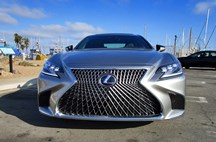
Ben Lewis grew up in Chicago, and after spending his formative years driving sideways in the winter – often intentionally – moved to sunny Southern California. He now enjoys sunny weather year-round — whether it is autocross driving, aerobatics, and learning to surf.

